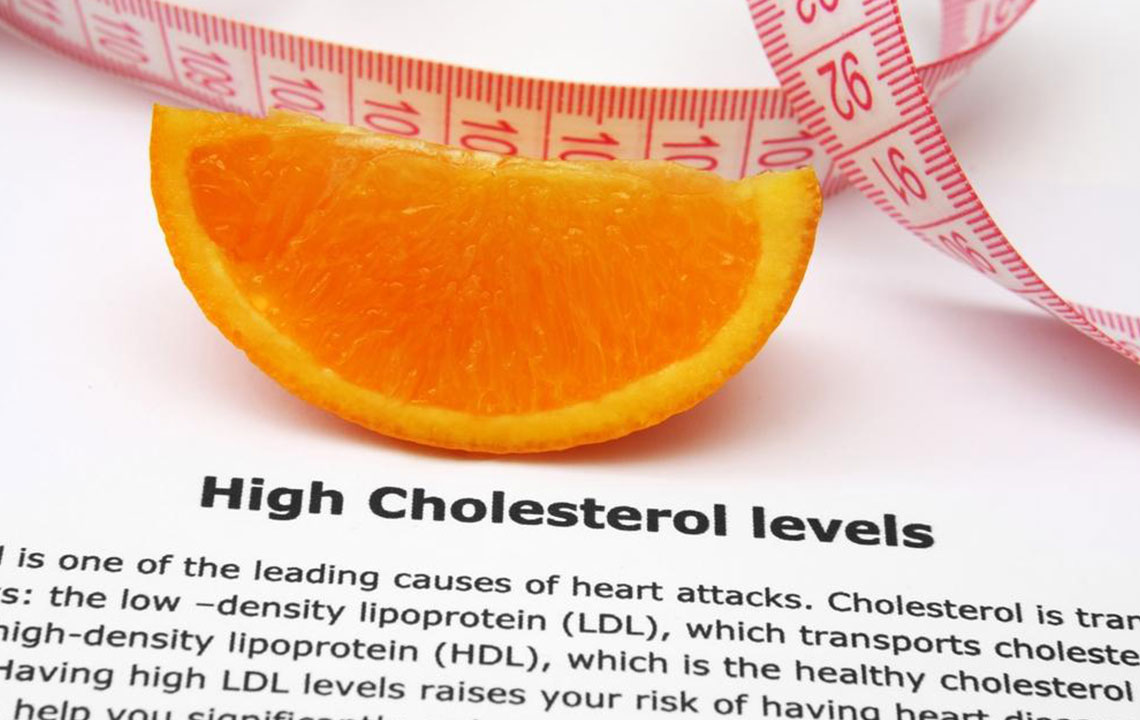Comprehensive Guide to Managing High Triglyceride Levels for Better Heart Health
This detailed guide explores the causes, testing methods, and effective strategies to manage high triglyceride levels. Emphasizing lifestyle and dietary changes, the article provides comprehensive insights into reducing cardiovascular risks associated with elevated triglycerides, helping readers adopt healthier habits for improved heart health and overall wellness.

Comprehensive Guide to Managing High Triglyceride Levels for Better Heart Health
Triglycerides are a vital form of fat that circulate in our bloodstream, playing important roles in energy storage and metabolism. However, when triglyceride levels become elevated, they pose significant health risks, particularly related to cardiovascular health. Understanding what causes high triglycerides, how to accurately measure them, and effective management strategies can help you maintain optimal health and reduce the risk of severe health conditions.
Maintaining balanced triglyceride levels is crucial, as excess levels are linked not only to heart disease but also to other metabolic conditions, including metabolic syndrome, which encompasses symptoms like high blood sugar, increased blood pressure, increased waist circumference, and low HDL cholesterol. These combined factors can lead to increased risks of strokes, type 2 diabetes, and other cardiovascular complications.
Understanding How Triglycerides Are Tested
Triglyceride levels are typically measured through blood tests conducted during routine health check-ups, similar to standard cholesterol testing. A fasting blood sample is preferred for accurate results, usually requiring a fast of 8 to 12 hours.
Normal triglyceride levels should be below 150 mg/dL.
Borderline high levels range from 150 to 199 mg/dL.
High levels are between 200 and 499 mg/dL.
Very high triglyceride levels are 500 mg/dL and above, significantly increasing health risks.
Common Causes and Contributing Factors of Elevated Triglycerides
High triglyceride levels can be attributed to various health conditions, lifestyle choices, genetic predisposition, and medication side effects. Recognizing these factors can help in devising effective intervention strategies.
Obesity and excess body weight contribute significantly to elevated triglycerides because fat tissue produces and releases triglycerides into the bloodstream.
Diabetes, especially poorly controlled type 2 diabetes, is closely linked to high triglyceride levels, often seen as part of insulin resistance.
Hypothyroidism or underactive thyroid function can slow metabolism and lead to increased triglycerides.
Consuming more calories than the body needs, particularly from carbohydrate-rich foods, leads to increased triglyceride production.
Heavy alcohol consumption has a direct effect on raising triglyceride levels, as the liver converts alcohol into triglycerides.
Some medications, such as oral contraceptives, steroids, and estrogen therapy, may cause triglyceride levels to rise.
Strategies for Managing and Lowering Triglyceride Levels
While medications can sometimes be necessary, lifestyle modifications remain the most effective way to control high triglycerides naturally. Implementing a balanced diet, increasing physical activity, and making other healthy choices can significantly improve your lipid profile and overall well-being.
Dietary Guidelines for Optimal Triglyceride Control
Reduce your sugar intake to less than 150 grams daily for men and less than 100 grams for women, as excess sugar, especially refined carbs, boosts triglyceride production.
Focus on consuming fiber-rich foods, such as vegetables, fruits, and whole grains, which help lower triglycerides by improving lipid metabolism and reducing fat absorption.
Limit consumption of fructose, found abundantly in processed foods containing high-fructose corn syrup and in dried fruits like raisins, which can elevate triglycerides.
Cut down on saturated fats present in red meats, full-fat dairy products, coconut oil, and palm oil. Instead, use heart-healthy oils such as extra virgin olive oil and canola oil.
Limit alcohol intake since alcohol can cause the liver to produce more triglycerides, worsening existing levels. Occasional drinking may be acceptable, but moderation is key.
Increase intake of omega-3 fatty acids, crucial for reducing triglycerides, by including oily fish like sardines, tuna, mackerel, and salmon in your diet at least twice a week. Omega-3 supplements may also be beneficial under medical supervision.
Incorporating these dietary and lifestyle changes can have a profound impact on triglyceride levels, ultimately reducing your risk of cardiovascular disease and improving overall health. Regular exercise, weight management, and avoiding smoking complement these efforts and contribute to a healthier lifestyle.
Monitoring your triglyceride levels regularly, especially if you have risk factors such as obesity, diabetes, or a family history of heart disease, is essential to assessing the effectiveness of your management plans and making necessary adjustments.





